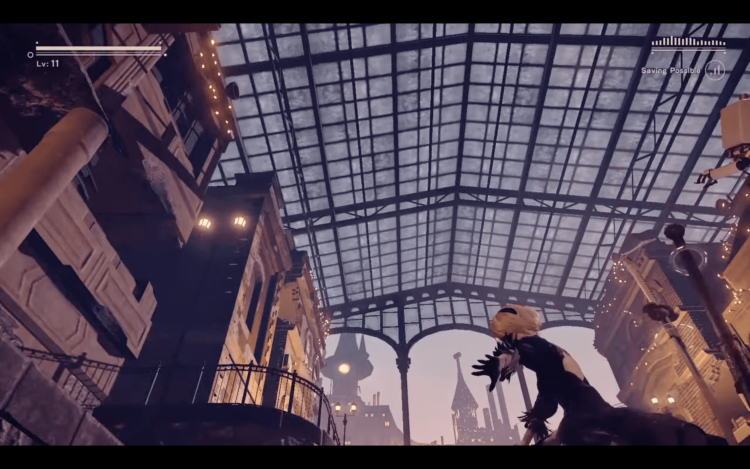
Samsara, the “suffering-laden cycle of life, death, and rebirth, without beginning or end” (Wilson,2021) is fundamental to Buddhism and the human experience in general. It has been studied through countless lenses, ranging from those of different religions, to philosophical and artistic ones. A recent interpretation of the theme can be discerned in the 2017 Platinum Games action role-playing game NieR:Automata (NieR), in which players are confronted with the existential dilemma of finding meaning in an abandoned, dystopian world. While the game’s three automata protagonists wage a proxy war against invasive robots in the name of humanity, their own identities and purposes are put into question. Accordingly, NieR’s designers explore the subjectivity of life’s meaning by adapting the mentalities of renowned philosophers and pushing their principles to the extreme, leading to deconstruction and subversion. This technique closely resembles postmodernism, a movement the Tate Museum associates with “scepticism, irony and philosophical critiques of the concepts of universal truths and objective reality” (no date), and Britannica defines as “subjectivism, or relativism; a general suspicion of reason” (Duignan, 2020). Though nearly all components of the game contribute to NieR’s study of meaning, techniques distinctive of and customizable to the medium of video games are especially noteworthy. Arguably the most conspicuous way to portray perspective is the game camera, through which, upon analysis, NieR strongly channels postmodernism. This paper will aim to extract the designers’ methods and intentions behind the use of postmodern techniques in the camera’s design.
